Let's hope that it won't disappear as an effect of the Global Warming!
I've been reading a lot about islands and volcanoes lately, and was quite surprised to know that this little Pacific island, a French territory called New Caledonia, was not formed by a volcanic eruption, but is, in fact, a tiny piece of the massive ancient continent Gondwanaland that still lingers on. Let's hope that it won't disappear as an effect of the Global Warming! ~Ally
0 Comments
Some animals get me curious just because of their names. And, sometimes, the name itself isn't very interesting and I'll get curious anyway. Oh well. = P This sympathetic little fellow is called Kagu or Cagou - which isn't a very pleasant word in Portuguese but what can we do, huh? - and its scientific name is Rhynochetos jubatus. It is a native of the main island of New Caledonia in the South Pacific and usually lives in tropical and dry forests. Although they have some pretty big wings, the kagus are a flightless species and depend on their specialized feathers called powder downs (feathers make a powder that cleans and waterproofs the kagu in its wet habitat) to better survive in nature. And those wings aren't for nothing: in case a potential predator comes near to its chick, a parent kagu will flap its fully opened wings on the ground, as if injured, to distract the other animal away. Those dark stripes you can see in the picture above may surprise the enemy! They can also run quickly to escape danger and are really hard to find in their forest home (they usually live in places naturally sheltered by rocks, under tree roots or under rocks for resting spaces). The wings also serve to keep the bird's balance while climbing and "hopping" over rocks and other rough spots. Their diet includes larvae, spiders, centipedes, bugs, cockroaches, millipedes, beetles, snails, worms, and even lizards! It is similar to herons and egrets, it has no known close relatives. The kagu is also considered an endangered species. ~Ally
Forget about Egypt and India! The most ancient form of agriculture in the world is from Papua New Guinea. Developed approximately 7,000 to 10,000 years ago, it's still the most important activity in the country. About 85% of the population lives from semi-subsistence agriculture. The oldest evidence for that is in the Kuk Swamp area, where planting, digging and staking of plants, and possibly drainage have been used to cultivate food like taro, banana, sago and yam. Europeans brought from the Americas some plant species like sweet potato, cassava and tobacco, between the 17th to 19th centuries. Other crops were introduced later by the Europeans, including watermelon, orange, lemon, coffee, corn and beans, among others. The major agricultural products the inhabitants of PNG grow nowadays include sweet potato, coffee and copra (the dried meat, or kernel, of the coconut). ~Ally
Indonesia and Papua New Guinea have the pleasure of being home to this really cute species, the Arboreal Golden Kangaroo (Dendrogalus inustus). As the name suggests, they live in rainforests, climbing trees with their claws and using their long striped tail as a counterweight. They're a little clumsy on the floor though. Usually eats tree leaves, vines and berries. They spend great part of the day on top of the trees, in groups of few individuals. When they're on the floor and sense danger - however slightly - they rush back to the trees for protection. This species is currently classified as vulnerable. A few years ago, National Geographic shot a tiny documentary about what happens inside the pouch of a female Arboreal Golden Kangaroo and witnessed that her two cubs could leave and return to her teats whenever they wanted, something that, until then, wasn't thought to be possible for marsupial offspring. ~Ally
The largest butterflies in the world are from Papua New Guinea! The species Ornithoptera alexandrae was discovered by Albert Stewart Meek in 1906, a collector employed by Lord Walter Rothschild (who later baptized the animals in 1907). The name is a homage to Queen Alexandra, spouse to King Edward the VII from the United Kingdom. The females reach up to 31 cm wingspan, 8 cm length and 12 grams of body spam. They have brown wings with white spots. Their body has cream color with a red spot in the thorax. The males are smaller and more colorful, with iridescent blue and green wings and a medium of 16 cm wingspan. Some of them have golden spots in the hind wings, a form called atavus. I'm not afraid of butterflies, but if one of those fly towards me, I'll probably run! ~Ally
We are all accustomed with the classical image of the fox: a witty, trickster and very intelligent animal. For some reason, I always assumed that that made them lonesome creatures, always roaming around by themselves - except on the mating period -, chasing chickens and other prey. Turns out that foxes are pretty social animals - although they always hunt alone -, and some live in packs that usually include one dominant male and up to five females. The young males emigrate. Instead of breeding, young female foxes can help to feed the weaned pups and to protect them against predators such as wolves. The exact effects of that kind of help in raising youngsters is not clear yet. However, in some areas only one couple lives and they protect that territory against other foxes and predators. But in both cases, once the puppies are old enough to hunt for themselves, the family splits and everyone goes their own way. Independent little thingies! ~Ally
Apparently the anthem "The Sound of Silence", by Simon and Garfunkel, wasn't a hit when it was first released. The original version from 1964 didn't have the electric guitar and drums we now are so familiar with, and wasn't well received by the public. The duo then decided to part ways for a while. By the time Bob Dylan and The Byrds began to have tremendous success with Folk music combined with electric guitars (which would later become the Folk Rock as we know it), the producer Tom Wilson remembered S & G's first album, and reformed the song, which then became a huge hit. The duo, however, wasn't aware of these alterations, and were quite surprised when Tom called them and said they were high in the US charts with "The Sound of Silence". Paul and Art then rushed back to the country, and began a splendorous career in American Folk music. ~Ally
Unlike other birds, Pigeons (Columba livia) suck the water when drinking it. Not that I expect that this information will change my life in any vital way, but it's nice to know they're not only unique for the enormous amount of diseases they carry... Or how capable they are of hitting our heads when defecating. ~Ally
Today here in Brazil is celebrated the day of St. Anthony of Padua, the matchmaker saint of Catholicism. And while many girls out there are drowning, binding with ribbons or turning upside down images of this saint, I chose to read a little more about his history and why he is recurred to when it comes to marriages. One story tells about a girl and her mother, who were very poor. When their poverty got even worse, the mother decided that the daughter should sell her body to make a living for both of them (great example of motherhood, huh?). The young girl was not at all pleased with the idea and prayed desperately to a St. Anthony's image asking him to resolve her situation. From one hand of the image, a little note fell down into the hands of the maiden. It was addressed to one of the wealthiest marketers in town, and it was written: "Mr. N..., Please oblige this young woman who gives you this note with so many silver coins as the weight of this same paper. God bless you! Anthony." The girl rushed into the marketer's shop and gave him the note. He thought it was funny but, seeing that the girl was modest and decent, he decided to give her the coins. So he put the note in one of the plates of a scale and a coin in the other one. The note was heavier! So he kept putting silver coins and still couldn't match the weight of the note! Only when there were 400 coins, the plates of the balance were equally high. The episode soon became famous and many good men wanted to marry the girl. She accepted one and they lived happily for many many years. I don't mean to be sarcastic or anything, and do have much sympathy for St. Anthony, but this story got me thinking that the money was more important than the marriage itself. At least on that girl's situation. And where is love on that story? Well, I guess the times did change a little bit since then, but that sounded like a marriage for interest to me. Let us pray that St. Anthony got a little bit more "romantic" with the years! ~Ally
... Are powered by humans. Literally. I'm not sure I would be brave enough to see these men risk their lives so that I could have some moments of fun! ~Ally
|
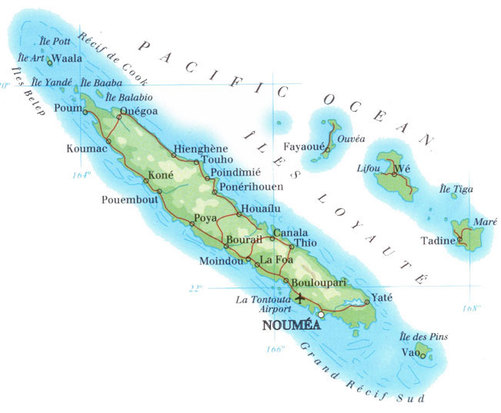
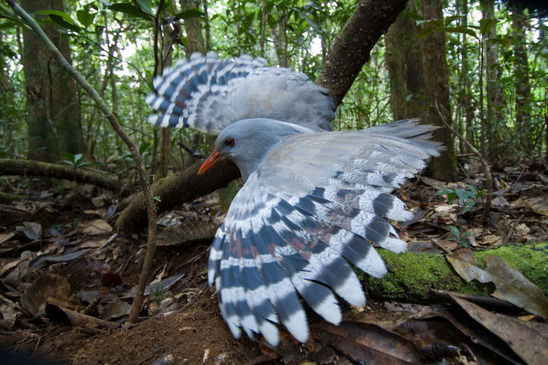
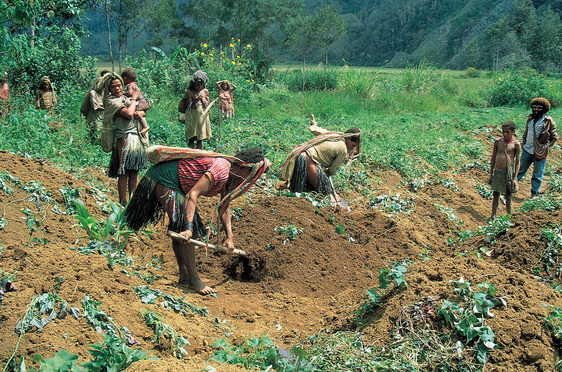
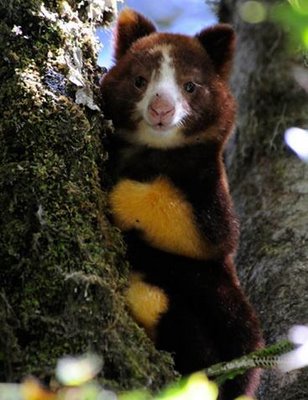
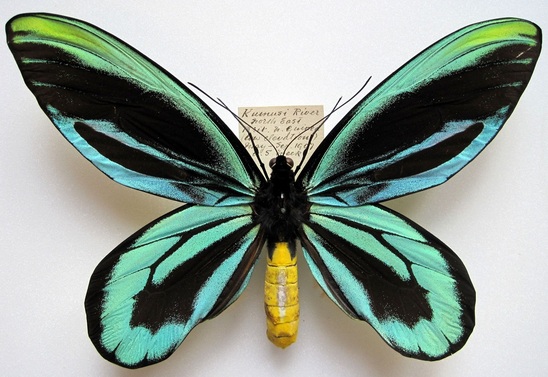
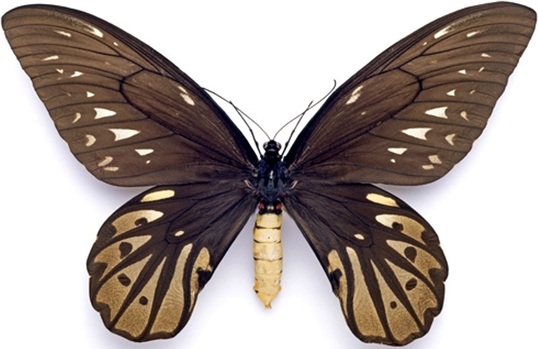
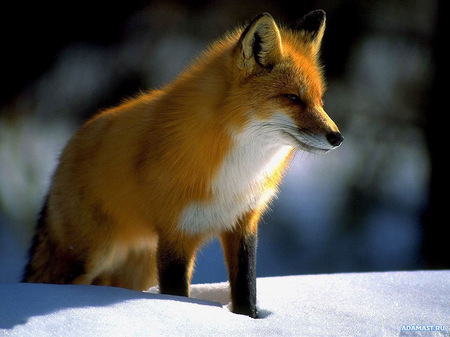
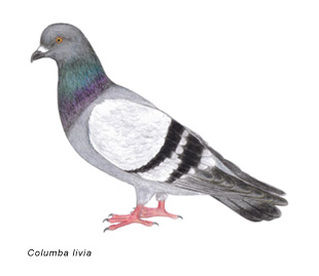


 RSS Feed
RSS Feed